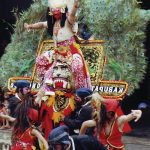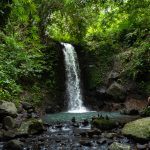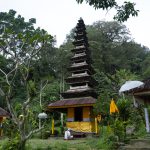The Manggarai people of Flores, Indonesia, have a rich cultural heritage that spans centuries, encompassing unique beliefs, traditions, and folklore. While the village of Wae Rebo has gained international recognition, it represents just one facet of the broader Manggarai culture. As this is where and why we started Wicked Adventures – we will delve deeper into the fascinating world of the Manggarai people, exploring their history, beliefs, practices, and the challenges they face in the modern world.
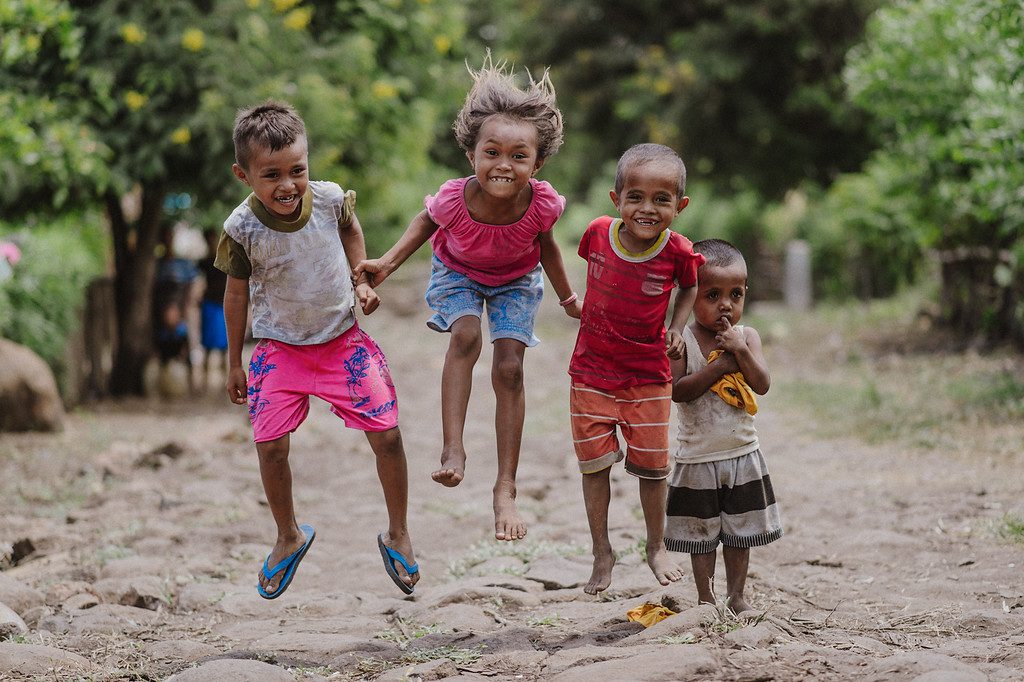
(With over 1000 distinct ethnicities, 700+ languages and 18,000 different islands…it s not really fair for us to focus on one culture. But Wicked Adventures began as an idea, then as a business in the province of Manggarai Barat, and the culture, the people and the geography directly lead to our interest in sharing the other parts of Indonesia! )
Manggarai Culture – Historical Background
As a people and culture that has lived on Flores for hundreds of years…or longer, the origin is a bit murky. Considered one of the original ethnic groups on Flores, we began around 1000 years ago…Maybe more. There is some considerable, but not well documented evidence that the area overlooking the Rinca Strait has been inhabited for 2000+ years. The megaliths are Warloka date back at least this long. But the graves and artifacts at that site were pillaged by a…former government official…in the 1960’s. So all historical value and context was destroyed.
Manggarai society was organized into clans and small chiefdoms. The most prominent of these was the tribal kingdom of Todo, which was established in the 17th century. This is still a village we visit and quite possibly NOT the actual site of the older kingdom. The first king of Todo was reportedly Mashur, who was of Minangkabau descent from the Sultanate of Gowa in Makassar. In this world of merchants, seas controlled by trading ships and frequent migration…this is one single possible lineage. And if true, this king was from a kingdom 400km north.
Influence of External Powers On Flores and the Manggarai.
Makassar Influence: From the 17th century, the Manggarai region came under the influence of the Makassarese from South Sulawesi, specifically the Sultanate of Gowa. But… In 1727, the Manggarai region was given to the Bima Sultanate (from the island of Sumbawa) as a dowry when a Makassarese princess called Daeng Tamima married into the Bima royalty. This marked the beginning of Bima’s control over Manggarai. Okay. If you don’t know the geography…the region was GIVEN from one king 400km away, to a different king 400km away in a different direction. There is no historical documentation to give voice to any dissent…but was probably not a real democratic decision. And not appreciated by the deeply inclusive and democratic Manggarai people.
The Bima Sultanate divided Manggarai into tributary kingdoms called Kedaluan and Gelarang. The Sultan’s representatives, called naib, ruled from coastal settlements like Reo and Pota (both exist today as smaller towns). And to help clear this up. This culture, entirely based in the mountains, with deep religious and agricultural connections to the mountains…was suddenly divided into smaller kingdoms, ruled over by towns on the coastline…convenient for the Kingdom of Bima – a maine focused kingdom.
In a very familiar sounding cycle of history -during this period, Manggarai became a significant source of slaves (meant mainly for agricultural work within the kingdom or neighboring kingdoms). The slave trade was so extensive that a district in Jakarta was named after the Manggarai slaves…and that district still exists today.
While the Manggarai people have inhabited the western part of Flores Island for thousands of years, they have adapted, included and dealt with versions of colonial powers. These influences are still evident in some of their cultural practices and linguistic elements.
And then, the Europeans.
There is some evidence that Portuguese missionaries visited the area. They were certainly active at the Eastern end of Flores. We are certain that in the late 1800’s and Early 1900’s the Dutch colonial government began to take a more active role in Manggarai. This general ignorance of the area was a blessing. There were very little easily extracted commodities – mostly sandalwood. No plantations, no significant spices. So the area was just left alone. Missionaries arrived earlier, but the Dutch established effective control over Manggarai in 1907-1908. This also marked the end of the slave trade from the region. But with Dutch rule came increased Christian missionary activity, particularly Catholic missions. This led to widespread conversion among the Manggarai people. Aside from conversions, the Dutch also brought along very Western ideas, from Agriculture to hygiene. Roads between missions were built, trade and communication was increased.
In the late 20th century, the Manggarai population was estimated at around 5-700,000 people. Despite external influences and the arrival of Catholicism, many Manggarai have managed to preserve their traditional beliefs and practices, often blending them with their newfound faith. All Manggarai would claim to be one of the 5 approved faiths in Indonesia, with probably 90% claiming Catholicism…but funeral rights, weddings, new homes, land distribution…and much more…follow very traditional methodologies.
Worldview and Beliefs
The Manggarai worldview is deeply rooted in their connection to nature and the spiritual realm. Their traditional belief system centers around the concept of “Mori Keraeng,” which translates to “the Universe is the creation of Him”. We live and work in this area…so let us delicately say there is a VERY strong emphasis on the Male gender in this. This worldview emphasizes the interconnectedness of all things and informs many of their cultural practices and rituals.
In the Manggarai cosmology:
1. The Earth is seen as a mother that produces food and is considered sacred.
2. The Sky is viewed as a father who provides rain and soil fertility.
3. Forests are regarded as sacred daughters (anak rona).
This belief system reflects a deep reverence for the natural world and informs many Manggarai cultural practices.
Traditional Architecture and Village Layout
Things get really amazing, and easily witnessed when we look at the actual (and still existing architecture and layout). Manggarai villages traditionally featured a distinctive architectural style, with conical houses known as Mbaru Niang or Mbaru Gendang. A commonly understood translation would be Clanhouses, with multi-generational occupants. But not as clearly defined by this word – these clanhouses could be up to 50m long and 30m high. In pre-Colonial times, they could house more than 50 people and their animals. These structures are not just dwellings but serve important cultural and spiritual functions:
– Made from natural materials like wood and palm fiber
– Cone-shaped design with a buffalo horn (Rangga Kaba) at the top as a symbol of strength
– Used for sacred rituals, meetings, and ceremonies…as well as habitation.
Traditional Manggarai villages are often arranged around a central courtyard with stone altars, reflecting the community’s social and spiritual organization.
Cultural Practices and Rituals
The Manggarai have several important cultural practices and rituals, including:
1. Penti: An annual harvest “thanksgiving” ceremony occurring at the end of harvest season (November) that involves:
– Inviting guardian and ancestral spirits
– Visiting graveyards
– Family reunions
– Prayers for peace and harmony
2. Caci: A traditional whip-fighting dance performed during ceremonies. Often seen in displays and symbolic performances, these can be quite brutal. It demonstrates strength, agility, and masculinity. Often accompanied by a dance performed by the young women. As outsiders, having witnessed both performative and traditional ceremonies…there is quite some interest in both performances by the opposite sex.
3. Roko Molas Poco: A ceremony to propose using a large tree as the main pillar for a traditional house].
4. Pa’u Wae Lu’u: A ritual led by traditional elders to ask for permission and protection from ancestral spirits for guests visiting Wae Rebo and other traditional villages. .
Agricultural Practices
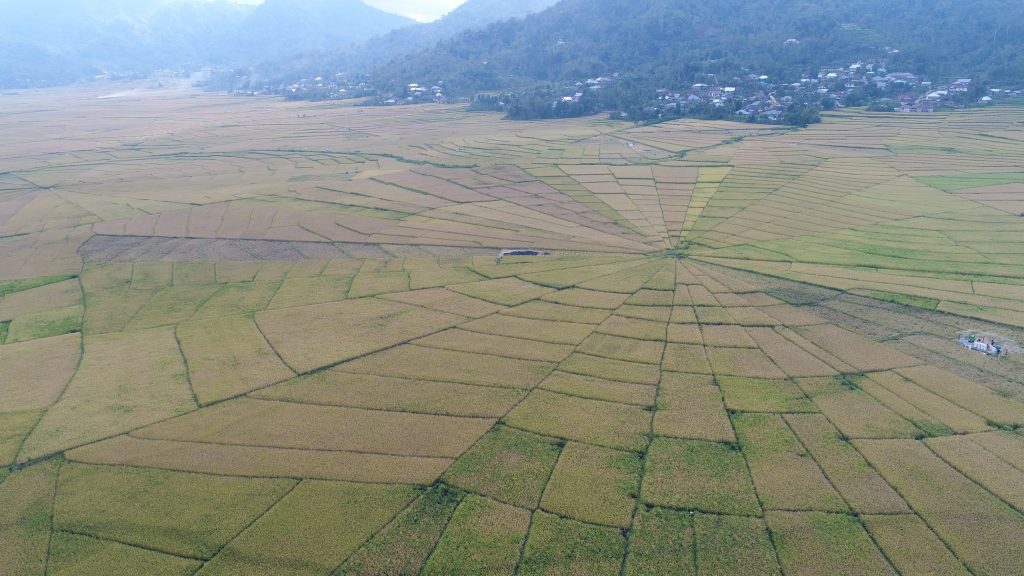
The Manggarai are primarily an agricultural society. Very much a moutnainous people, rather than dwelling in the lowlands, they have worked intimately with the geography to have sustainable agriculture. The most easily visible, and still used unique feature of their belief, cultural and agricultural system is the use of ”spider web” rice fields. This practice, which began with dry rice farming, involves:
– A circular field divided into wedge-shaped sections
– A central area used for ceremonies
– Land distribution to families based on their size
A village would have one (or more) of these large webs. Very ease of translation in the concept, lets say they are Pizzas. Each of the different slices of the pizza, belonged to one of the clans/families that made up the village. And then each slice was divided up among the family members. The results looks very much like spiderwebs. The water and irrigation for the winter “web” and then for each family section was of utmost importance in the discussions among elders. The most accessible one is at Cancar, near Ruteng. But satellite photos show their existence, and still common use, across the region.
While less common now with the shift to wet rice farming, these spider web fields remain a beautiful and culturally significant feature of the Manggarai landscape.
Social Structure and Kinship
Manggarai society has a complex social structure based on clans and kinship. Traditionally, entire clans would inhabit a single house, with multiple generations living side by side. This communal living arrangement was an expression of identity, belonging, and patrilineal descent.
The Manggarai recognize several types of marriages, including matrilateral cross-cousin marriage, levirate marriage, and sororate marriage. While monogamy is prevalent among Christians, some groups practicing traditional beliefs allow polygyny. Or – there is what we show at Church, and what we do. But it is very rare to hear about multiple marriages publically.
Folklore and Oral Traditions
The Manggarai have a rich tradition of oral literature, including:
1. Go’et: Expressions
2. Tombo nunduk: Legends
3. Tombo turuk: Folktales
4. Tombo bundu: Proverbs
5. Torok: Traditional speeches
6. Traditional songs
This is one of the most complicated and intricate aspects of MAnggarai culture. And probably any culture that has a long history and a purely oral tradition. These oral traditions play a crucial role in preserving and transmitting Manggarai cultural values and history. They often contain moral lessons, explanations of natural phenomena, and accounts of historical events. Version os the same story can be slightly or very different in other parts of the region.
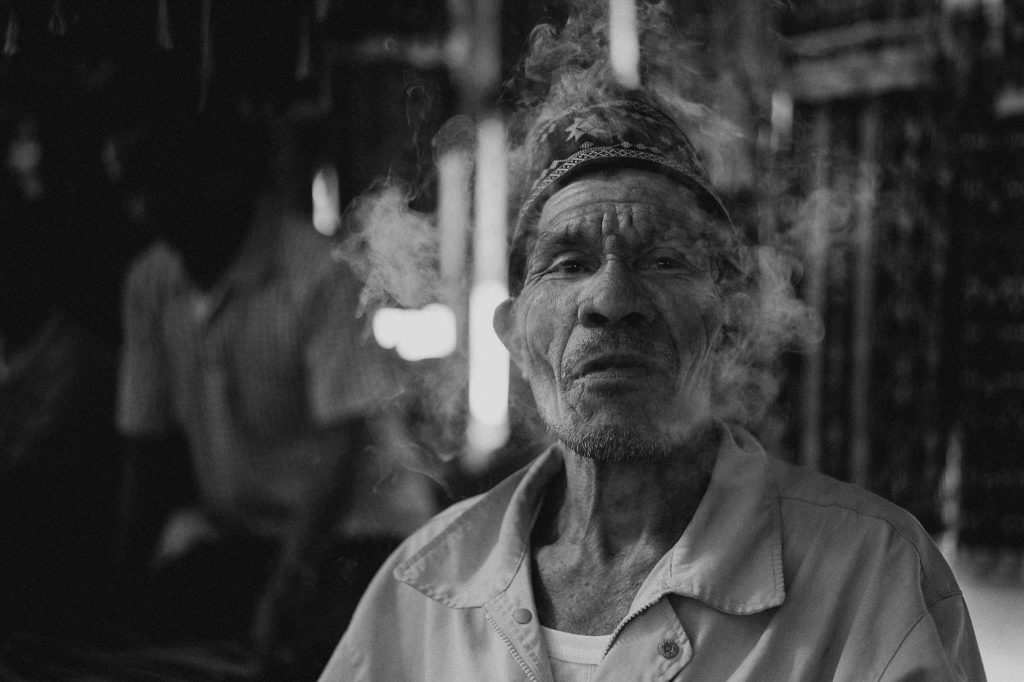
One notable legend is the story of Nggerang, a beautiful maiden whose tragic fate is tied to the creation of a sacred heirloom. This tale reflects the complex interplay of beauty, power, and sacrifice in Manggarai culture.
Challenges and Cultural Preservation
Like many traditional cultures, the Manggarai face challenges in preserving their heritage. The Dutch colonial period saw the destruction of many (almost all) traditional homes, deemed unsanitary by colonial authorities. Today, only a few authentic Manggarai villages remain, with Wae Rebo being the most well-known.
The transmission of folklore and oral traditions also faces challenges in the modern era. A study by Maribeth Erb, one of the few anthropologists who has extensively researched Manggarai culture, highlights the importance of these traditions in maintaining cultural identity. Erb’s work emphasizes the need for active efforts to preserve and transmit these stories to younger generations. She is amazing, and still working!
Contemporary Manggarai Culture
Today, the Manggarai people are navigating the complexities of modernization while striving to maintain their cultural identity. More than 90% of Manggarai are now Catholics, with a small Muslim population in coastal areas…many of whom would not identify as Manggarai at all. However, many continue to blend their traditional beliefs with their adopted faith.
The development of tourism, particularly in places like Wae Rebo, has brought both opportunities and challenges. While it provides economic benefits and a platform for cultural showcase, it also raises concerns about authenticity and over-commercialization.
Sacred Spaces in Manggarai Culture
The Manggarai concept of sacred space is integral to their worldview and daily life. Five key sacred spaces have been identified:
1. Béo Baté Élor/Natas Baté Labar: The village and its yard, considered a meeting place between humans and spirits.
2. Compang: A physical symbol of local religious beliefs, used for offerings and spiritual communion.
3. Mbaru Gendang: The traditional conical house, serving as both a dwelling and a spiritual center.
4. Lingko: The spider web-shaped fields, representing both agricultural practice and spiritual symbolism.
5. Water sources: Springs and water bodies are considered sacred and used in various ceremonies.
These sacred spaces reflect the Manggarai belief in the interconnectedness of the physical and spiritual worlds, and they continue to play a significant role in contemporary Manggarai life.
Manggarai – vibrant, alive and present on Flores.
The Manggarai culture of Flores is a vibrant tapestry of beliefs, practices, and traditions that have evolved over centuries. While facing the challenges of modernization, the Manggarai people continue to maintain many aspects of their unique cultural heritage. From their distinctive architecture and agricultural practices to their rich folklore and spiritual beliefs, the Manggarai offer a fascinating glimpse into a way of life that balances tradition with the demands of the modern world.
As tourism and global influences continue to shape Flores, it becomes increasingly important to document and preserve Manggarai culture. Wicked Adventures is there, in the midst of it. We literally bring visitors to these communities. We also work with the communities to find ethical ways to do this. And to support the cultural heritage. The work of researchers like Maribeth Erb has been crucial in this regard, providing valuable insights into Manggarai traditions and the challenges they face. https://www.goodreads.com/book/show/15243941-the-manggaraians By understanding and appreciating the depth and complexity of Manggarai culture, we can better support efforts to ensure its survival and flourishing in the years to come.
Experience the wonders of Indonesia with Wicked Adventures – where every step of your journey contributes to the protection of this extraordinary country’s natural heritage, committed to exploring innovative solutions to address sustainability challenges in the travel industry.
